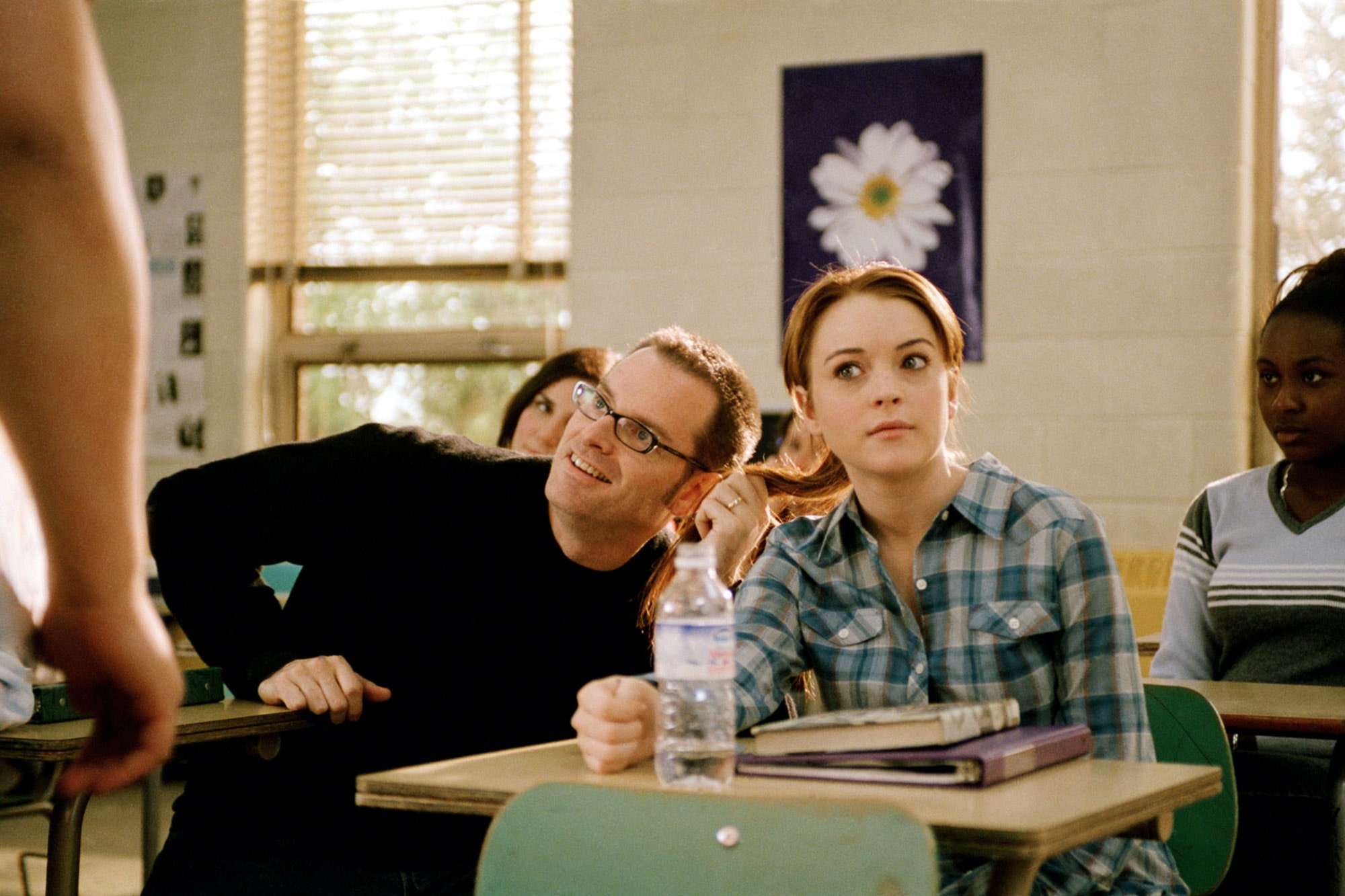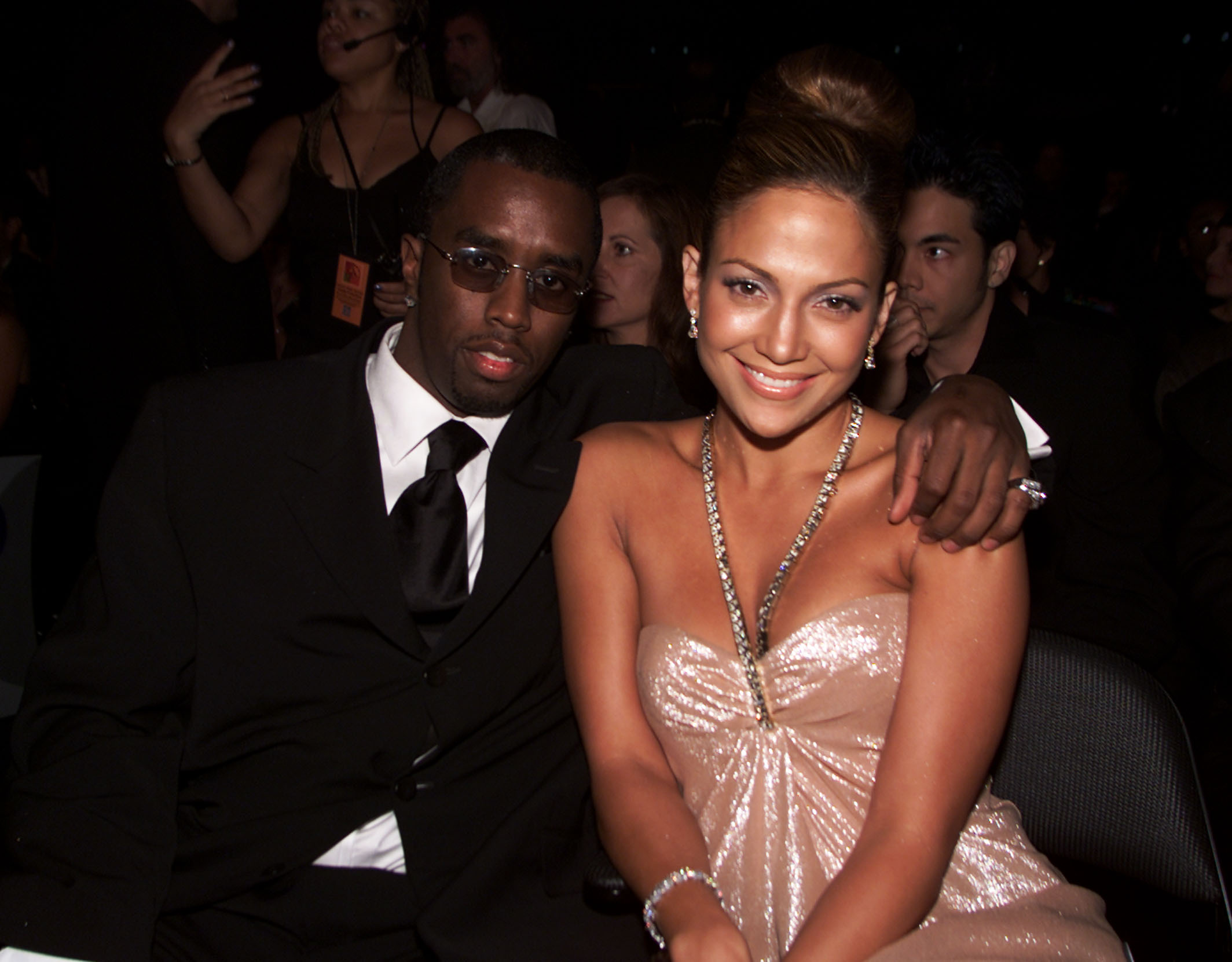Lindsay Lohan Opens Up About Needing Support During the Making of 'Mean Girls' | Vanity Fair

Article by Jennifer Keishin Armstrong
Lindsay Lohan was fully committed to her role in Mean Girls, provided she could portray Regina George. This seemed like a fantastic proposition to herself and director Mark Waters, but not all stakeholders were in agreement.
During that period, Lohan's understanding of her popularity and its effects was not perfectly clear. Becoming a brand came with limitations on the roles she could assume; she couldn't simply pick and choose as she pleased. Now, her choices were under the scrutiny of influential entities who had strong views about which characters she should or should not portray.
The success of Mean Girls was heavily dependent on Lohan because of her track record at the box office with Freaky Friday. “Lindsay has a significant advantage when it comes to casting because audiences naturally take a liking to her,” producer Lorne Michaels noted. So far, she had carved out her career based on her friendly, down-to-earth, Disney image. However, playing the quintessential mean girl would stress-test audience’s affection for her, potentially causing a drift.
Screenwriter Tina Fey envisioned Lohan as Regina. According to Waters, Lindsay's vibrant energy was just what they anticipated for Regina. However, there started rumblings around whether Lohan was better suited for the lead role of Cady, who transitions through a series of changes, oscillating between good and mean. Paramount executives, for instance, wished for their new star to take on the central role. Similarly, Michaels believed she could channel that “assertive” energy and use her on-screen charisma. Fey later clarified that she envisaged Lindsay as the nice girl who eventually morphs into Regina.
Eventually, Waters was persuaded that the role of Cady was the best fit for Lohan. In spite of this, Lohan remained adamant that she wanted to test new waters after her well-received role as Anna Coleman in Freaky Friday, where she put on a convincing performance as a sweet and rebellious heroine.
She had grown weary of playing another “troubled teenager”. As she later explained, "I had just played the less glamorous girl in school in Confessions of a Teenage Drama Queen and Freaky Friday. I was only seventeen and I wanted to play the cool girl for a change."
Written by Katey Rich
Written by Katey Rich
Written by Richard Lawson
The debate about the role Lohan would take on continued. Eventually, the filmmakers capitulated to Lohan's wish and started considering other young actresses such as Kristen Stewart, Michelle Trachtenberg, and Mae Whitman for the role of Cady. Despite all being accomplished actresses, the team felt they hadn't found the ideal Cady. Paramount head Sherry Lansing then offered what Waters describes as a 'heart-to-heart' talk.
Lansing considered it a privilege to work with Waters and Lohan, especially after the success of Freaky Friday. However, she simply could not visualize Lohan as Regina. She strongly believed that Lohan's fanbase wouldn't embrace her as the villain.
As time went on, Waters understood Lansing's point about why Lohan should play Cady. He needed Cady to be nuanced and complex. Additionally, he wanted the character to be relatable to the audience throughout the film, even when she becomes her worst self. Lohan, who could express a range of emotions with just her facial expressions and had a growing fanbase, was seen as the ideal choice for the role.
The effort to convince Lohan began. On the plus side, the role of Cady had more lines and a more comfortable wardrobe of T-shirts, sneakers, and jeans. However, Lohan wasn't particularly happy with the wardrobe as she preferred the chic Plastics styles. Cady also experienced a transformation, from the unsuspecting newcomer to the plotting Queen Bee.
The persuasive arguments, focusing on Lohan's strengths and challenging her to take up more challenging roles, worked well. By August, she entered negotiations to star as Cady. The team convinced her this role would enhance her budding career as a promising young actress, comparing her to Jodie Foster, not Annette Funicello.
Author - Katey Rich
Author - Katey Rich
Author - Richard Lawson
The Mean Girls cast were treated like royalty at North Shore High, but the actresses themselves were given quite the opposite treatment on the Canadian set due to the film's strict $17 million budget.
During the filming of Mean Girls, Rachel McAdams, who is from Toronto, did not join her American colleagues including Tina Fey, Lindsay Lohan, Jonathan Bennett, Lizzy Caplan, and Daniel Franzese in their less than ideal hotel accommodations. The hotel fire alarm would frequently go off, often not due to a fire, but they enjoyed themselves nonetheless.
Amanda Seyfried, one of the actresses, recalls their time in Toronto fondly. She says they had a blast despite staying in a less desirable location. Seyfried, who was shooting her first film during that time, looked to Lohan, who she described as the "alpha", for guidance. She later commented that Lohan was at the heart of the fun atmosphere.
By Katey Rich
By Katey Rich
By Richard Lawson
The American actors likened their experience to a fun-filled summer camp. Apart from spending time in hotel rooms and trailers with Amy Poehler and Tim Meadows, they also enjoyed mealtimes with Fey. There was a memorable instance when Meadows took the whole group to a Chris Rock comedy show, only to later question if they were old enough for it.
As for McAdams, she mostly stayed to herself and returned home in the evenings. This gave her a distance from the others, much like her character Regina in the film. However, it wasn't because she was aloof. She was simply older and a local with her own life. She often fraternized more with the adults in the crew than her young co-stars. On the off-chance that she hung out after shooting, she'd often join Director Mark Waters and the film's editor, Wendy Greene Bricmont, for drinks but seldom socialized with the younger cast.
The budget saved on accommodations was channeled into the costumes, a crucial part of the film. For instance, Lohan's character had 56 outfit changes, similar to the number in other fashion-focused teen films like The Princess Diaries and Clueless. As her character evolved in the story, Lohan's hair also went through significant transformations, eventually mirroring Jennifer Aniston's iconic hairstyle.
Lohan got deeply involved in her character's appearance. She was adamant about wearing pink Ugg boots, a popular trend at the time. She also started decorating her real-life cell phone with Swarovski crystals, her film role shading into her personal life.
By Katey Rich
By Katey Rich
By Richard Lawson
Lohan was enthusiastic about transitioning from her character's early costumes to the glamorous Juicy Couture outfits. The behind-the-scenes crew had to continually remind her not to jump ahead in the timeline or excessively style her hair. Once, she changed her hairstyle during a lunch break midway through a scene. The director, Waters, had to make her revert to the original style she had cried, causing a delay in the filming schedule. Despite these instances, Waters understood her desire to look beautiful and attributes the film's success to her dynamic energy.
By Katey Rich
By Katey Rich
By Richard Lawson
In the film Mean Girls, Regina George, played by McAdams, is often viewed as the villain. However, each main female character could be perceived as the hero or villain depending on an individual's perspective. McAdams effectively embraced and portrayed her character's darker side.
Rachel McAdams, who was less sociable with her colleagues, still managed to win the hearts of those who knew her. As Jo Chim who played a snobbish saleswoman in a mall's boutique narrates, McAdams was a sweetheart, an endearing persona. Jan Caruana, who had to play a student named Emma Gerber, also remembers the unpleasant feeling of playing a scene where she had to walk into McAdams (in her role as Regina) and tell her to watch where she was going.
However, McAdams's congenial nature was seen as a hurdle at first, making it challenging for her to embody the character of Regina. According to Waters, one way that McAdams sought to address this was by reinstating the intake of offensive words that had been edited out of the original script.
With the camera off, McAdams would recite her lines, filled with profanity. The camera would then roll, and she would say the cleaned-up lines. By taking this approach, Waters noted that McAdams was able to bring an desired edge to Regina's character.
Waters asked McAdams to draw inspiration from Alec Baldwin’s character from the drama Glengarry Glen Ross. Lacey Chabert, who depicted Gretchen Wieners, stands out in the movie for her incredible performance of a high-strung girl who progressively loses her vibrancy, thus moving the plot forward. Her performance brought a spark of innocence, both behind and in front of the camera. For instance, on her 21st birthday, the entire mall was asked to sing "Happy birthday."
Chabert's charm didn't end there. She also found time to hold a Canadian Thanksgiving dinner for her fellow cast and crew, teaching Amanda Seyfried, her co-star, to bake a pecan pie. Their on-set bond was one of the focal points of the movie’s success.
Others observed of Chabert that she was an old soul, which endeared her to the crew and cast, Seyfried included, who found an ally in Chabert. Seyfried found solace from her recent high school graduation and the terror that followed through hanging out with Chabert.
Seyfried's role as the stereotypical 'dumb blond' brought balance to the clique, the Plastics. Seyfried's character, Karen Smith, was seen as a dimwit, but she was also oblivious to the drama, providing a perfect contrast to Gretchen’s character.
On the other hand, Lindsay Lohan was in a transitional phase during the set of Mean Girls. She was so talented she was often forgotten to be a child, until she acted like one. Fey witnessed her transform from a casual kid to a professional actress instantly.
Lohan brought a depth to her character, which even she had not expected. She was extremely flexible when it came to adapting to directorial changes, showing her professionalism. Lohan managed to steal the limelight, even as she tried to balance her life between fame and finishing high school.
Although Lindsay faced a few challenges during the shooting, she also had a strong set of admirers. She had been paid a whopping $1 million for the movie, and Fey felt she was worth every penny.
Among Lohan's fans on the set was hairstylist Carol Hartwick, who shares that to her, Lindsay was an absolute sweetheart who required strong parenting. Hartwick believes that the star needed someone to rely on and a strong support system.
As a minor, Lohan had to be accompanied by a guardian at all times. She had a friend working as her assistant, and the friend was just old enough to serve as her official guardian. But Lohan had a parent with her on the set perhaps just once, according to several of the cast and crew. Some don’t remember seeing her parents, Michael and Dina, at all. She was largely forced to stand up for herself when, for instance, the production day threatened to spill beyond the legally allowed limit for child actors (eight hours per day in both Canada and New Jersey). The guardian wasn’t much help in these cases.
Rajiv Surendra, who played Kevin G. and befriended Lohan, recalls Lohan speaking up when the production was threatening to stretch late. “It could have come across as being difficult,” he says. “But I know now she wasn’t being difficult; she knew what the industry was demanding of her and she also knew what her rights were. She knew what she needed to do to be able to maintain a standard she had set for herself. And part of that was saying no.”
Waters remembers it a bit differently. “We would wrap her early and then we’d see her out at clubs that night,” he says with a laugh. “We’d say, ‘Ah, crap.’ She was still only seventeen, but she’d definitely matured into her own woman by then.”
Either way, her self-possession impressed Surendra, given the circumstances. “When I was finished with work, someone would drive me home to my parents, where my mom cooked dinner and I would go to bed in my own bedroom,” he says. “She didn’t have that.”
Hartwick also empathized with Lohan, who carried a heavy load as a rising star. “Seventeen and making millions,” she says. “The poor kid—everybody wanted something from her. I will stand up and fight for her, all day long. She just needed a hug.”
Excerpted from the book SO FETCH: The Making of MEAN GIRLS (And Why We’re Still So Obsessed with It). Copyright © 2024 by Jennifer Keishin Armstrong. From Dey Street Books, an imprint of HarperCollins Publishers. Reprinted by permission.




